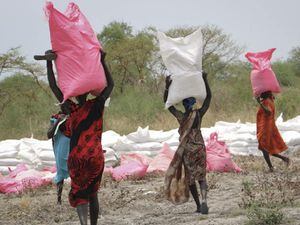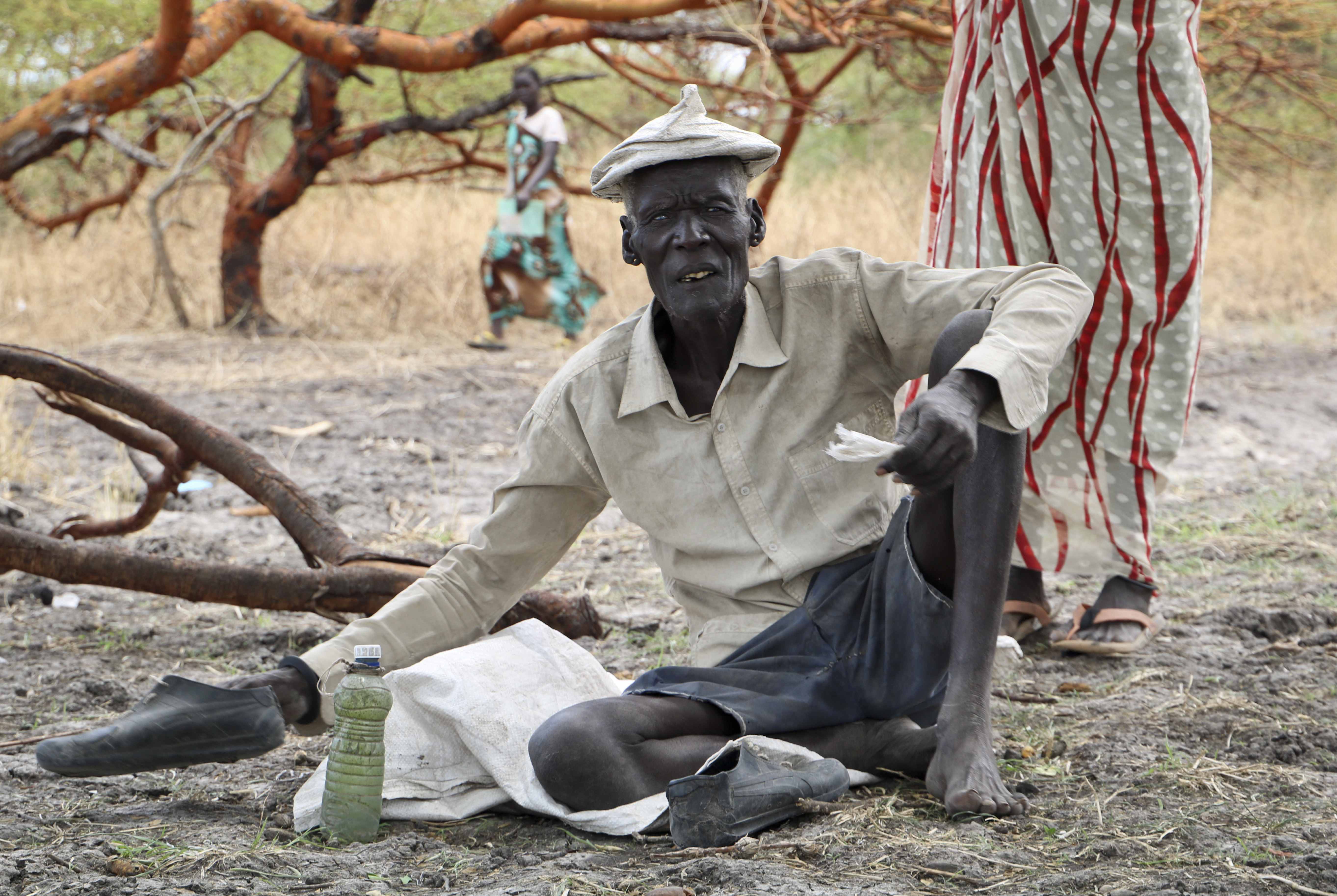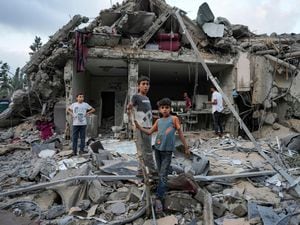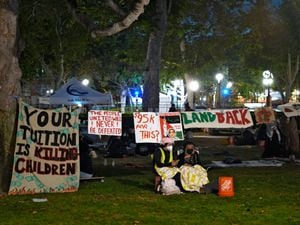Hunger concerns grow in South Sudan as people go days without eating
Aid workers warn that a recent surge in fighting could once again plunge thousands of people into famine.

Millions of people in South Sudan are facing severe hunger without food aid, it has been claimed.
“I’m afraid I’ll starve to death,” said Gatdin Bol, a frail 65-year-old who said he survives only by eating fruit from the trees in a remote South Sudanese town in the shadow of civil war.
Three months ago when government troops attacked Mr Bol’s hometown in Jonglei state they stole everything he owned, including his food, he said.
He fled with his wife and four children, walking for two months until they reached Kandak in Ayod County. He said they remain hungry.
The planting season has yet to begin and they missed the United Nations’ food registration and are not eligible for assistance.

Aid workers warn that a recent surge in fighting could once again plunge thousands of people into famine.
“In the places where there is displacement and we can’t get there, it’s a cause for concern,” said Adnan Khan, the World Food Programme country director, during a food distribution in the rebel-held town of Kandak.
Ayod is one of 11 counties in South Sudan that face extreme hunger. Remote and lacking basic resources such as water and health care, the majority of people subsist on food aid.
“Ayod remains precarious as people heavily rely on food drops, which they then have to share with displaced kin. With very few of them cultivating and the rainy season set to disrupt humanitarian activities the situation can only get worse,” said Nicholas Kerandi, food security analyst for the UN’s Food and Agriculture Organisation.
During a visit to Kandak, the Associated Press spoke with several people who said they had nothing to eat.
“The army looted my garden and took my food. If I don’t find food I can go days without eating,” said Puot Kuony, hanging his head.
Authorities in Kandak estimate that half the population, or about 9,000 people, have been displaced from other parts of Jonglei state, which has been at the heart of the fighting.
Since March about 1,800 people have arrived, straining the community’s few resources.
Residents blame South Sudan’s government for their deteriorating situation.
“We want peace so people can move around and cultivate and not feel trapped. Everyone across South Sudan relies on food relief and as a leader of the country you can’t say that’s OK,” said Jung Gony Yut, humanitarian coordinator for the opposition in Magok County.
South Sudan’s government is doing what it can to ensure that “normalcy” returns to its people, spokesman Ateny Wek Ateny told the AP.
He said that in the worst-affected areas the government asks aid workers to step in and provide relief. That includes opposition-held areas.
But the international community’s patience is wearing thin as reports continue of aid workers being blocked from carrying out their work, and as peace talks yield little progress. The next round of talks begins on May 17.
“Earlier this year it felt like we were moving in the right direction. But after seeing the effects on civilians of this conflict, I believe there is a real risk that the situation will further undermine the chance for lasting peace,” the chief of the UN mission in South Sudan, David Shearer, said in a statement on Wednesday.
He estimated that thousands of people had fled to the swamps, surviving on wild vegetables and fruit alone.





